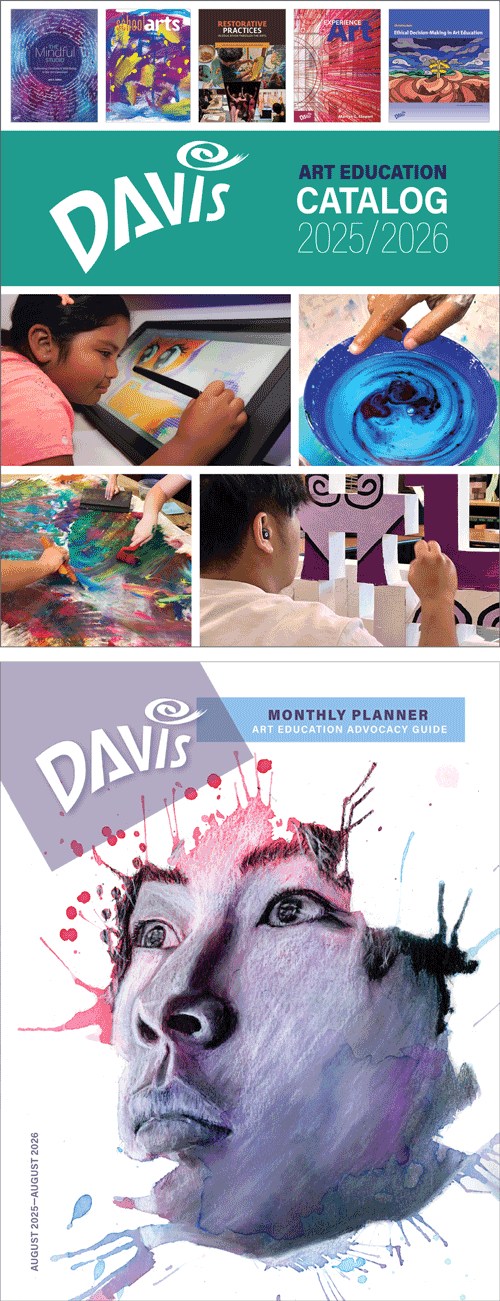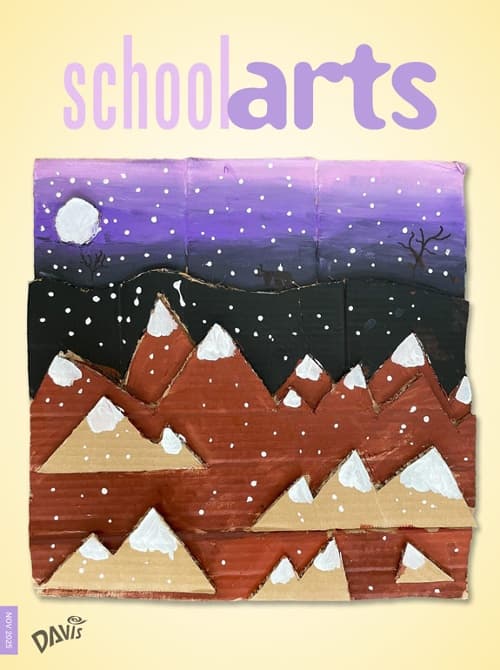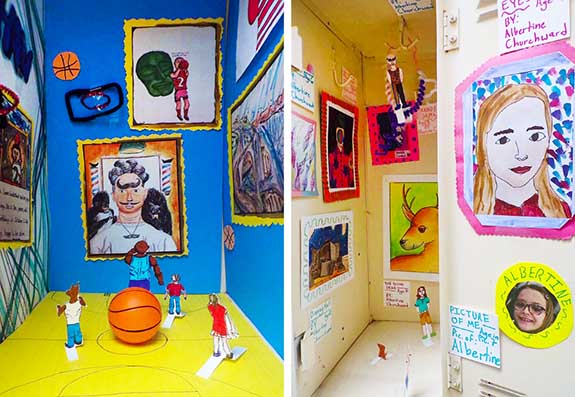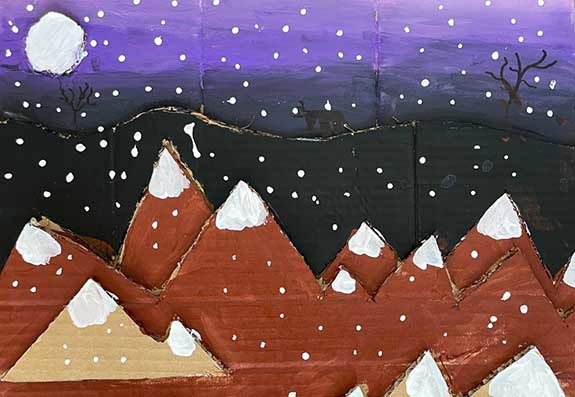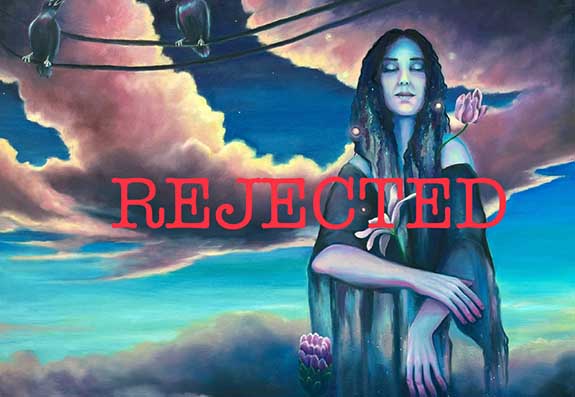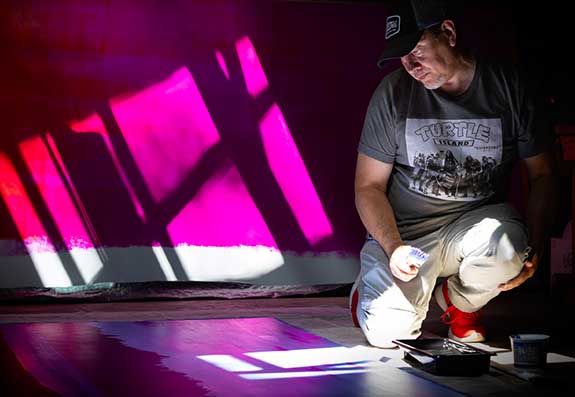
Editor's Letter: Transformation
Transformation can happen at any time—when youʼre listening to an artist talk, attending an art opening, reading a book, watching a documentary, or talking to a colleague. Allowing ourselves the opportunity to engage in new experiences leads to new understandings, appreciation, and empowerment that can have a long-lasting impact.
Read Article